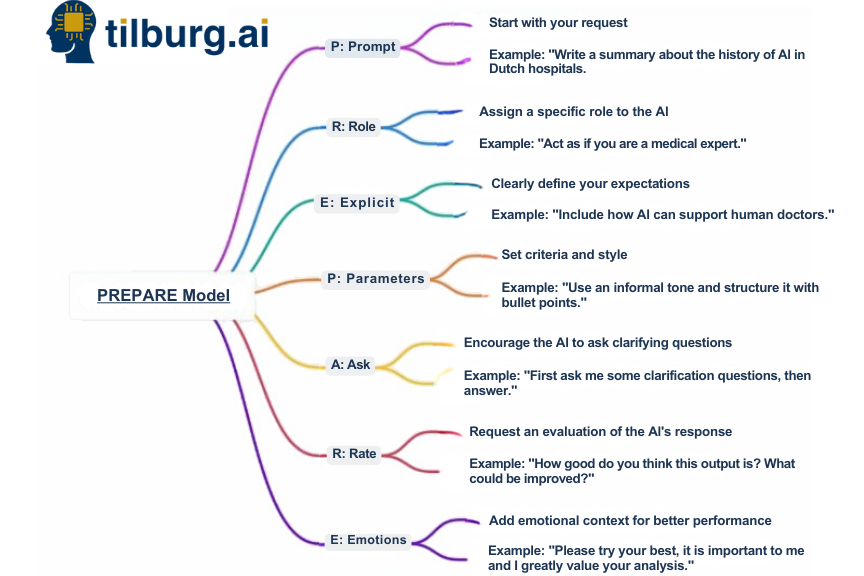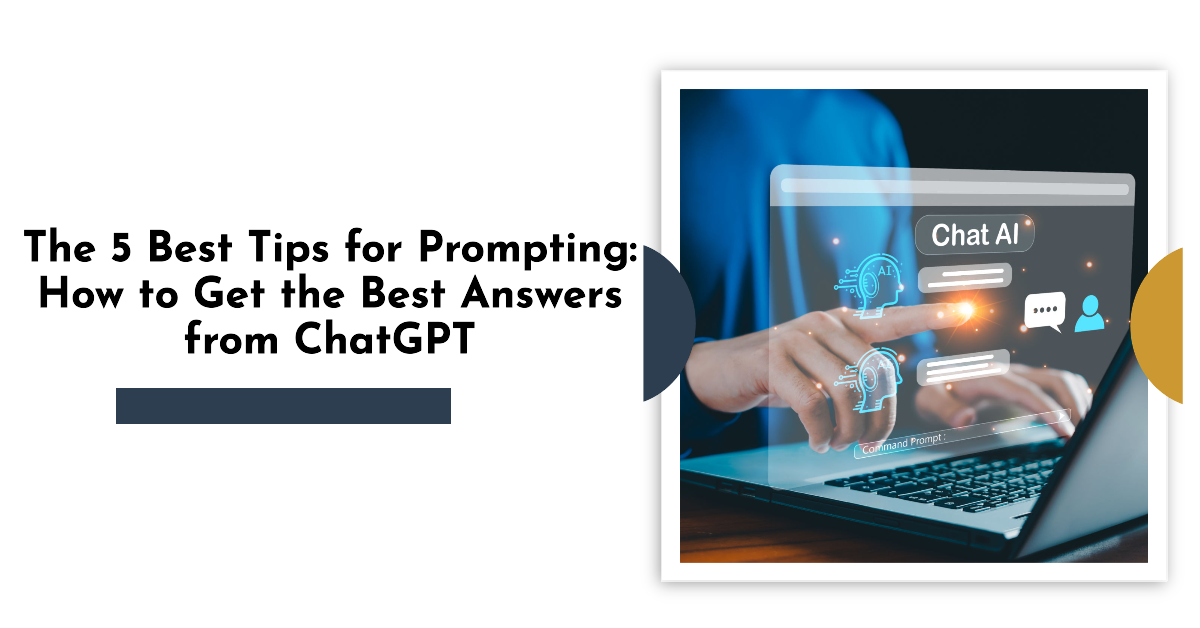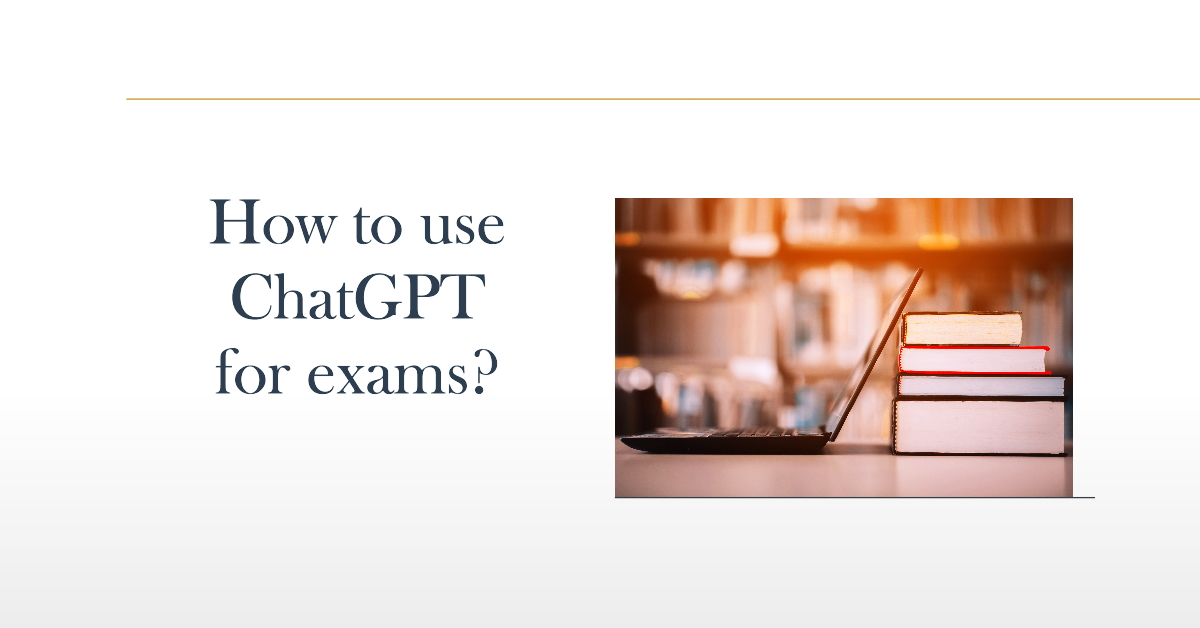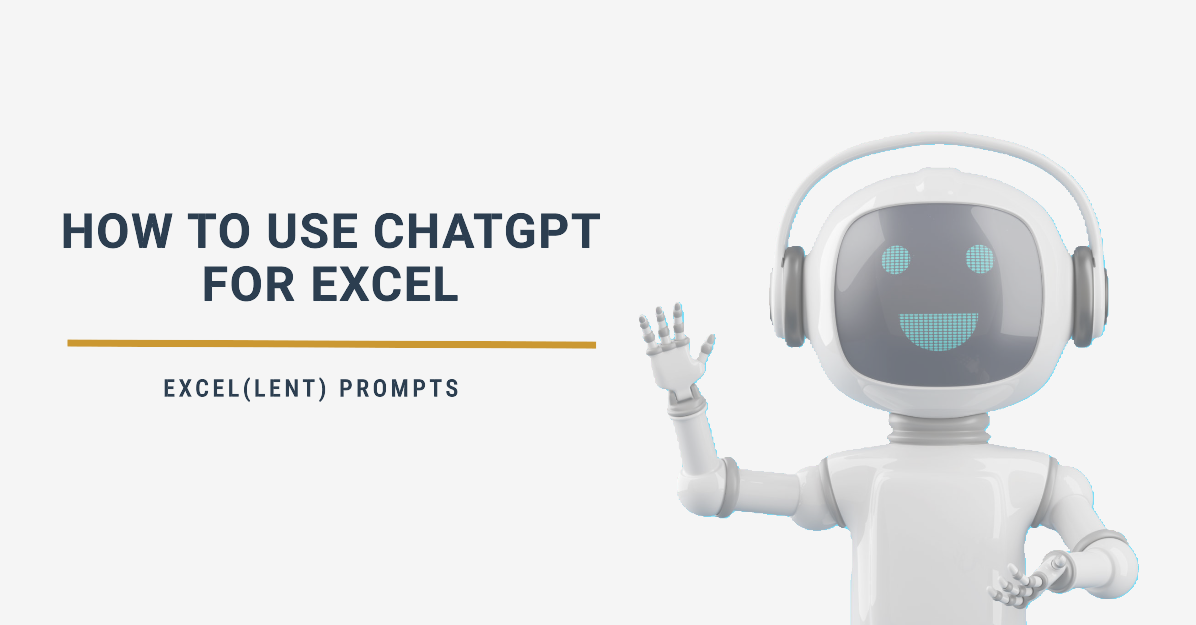Ever wondered how to get the best answers from ChatGPT? Many people still struggle to get the best possible outputs from ChatGPT. What should you ask? And how should you ask it? The truth is, that the quality of the answers you get from ChatGPT heavily depends on how you phrase your questions. If you put ‘garbage’ in, you’ll get ‘garbage’ out. But don’t worry, this guide is here to help. We’ll clearly explain two straightforward methods: prompting and prepping. You’ll learn how these techniques can greatly improve the responses from ChatGPT. Each method has its way of making sure you put in quality input to get quality answers as output. Curious? Then you are in the right place here at Tilburg.ai! Keep reading as we explore these methods and also introduce you to a brand new framework called the PREPARE model ,an easy-to-understand approach for mastering prompt engineering and getting better answers from ChatGPT.
For anyone who wants to learn how to talk with ChatGPT and take a course, we have created a free prompt course. Learn everything from building a good prompt to advanced techniques like creating a Tree of Prompts. Click here to take our free prompt course!
Understanding Prompting and Prepping
What is Prompting?
Prompting is the most common method of interacting with a language model. A prompt is an input or command that you give to a large language model like ChatGPT to generate a specific response. It serves as a kind of question, instruction, or context that tells the model what you want to know or what task you want it to perform. In simple terms, a prompt is the text that “instructs” an AI model to provide a certain type of response.
For example, asking “What is the capital of France?” is a straightforward prompt that expects the AI to provide a direct answer. in this case, “Paris.” Think of it as asking a direct question to a human who knows the answer and then gives a relevant response.
What is Prepping?
A simple prompt assumes that the model or person acts as a “helpful assistant” (this is the underlying instruction for ChatGPT) and therefore provides generic answers. Prepping, on the other hand, involves first providing the model with context or background information before asking a question or making a request.
You use prepping when you want a specific type of interaction and it is necessary to provide some background information. Just as in a conversation with someone, you can’t start talking about a topic out of the blue without setting the context; prepping is essentially “setting the stage.”
For example, if you start with “I am planning a trip to Paris” and then ask, “What sights should I absolutely visit in the city?” you provide the AI model with context about the purpose of your question. The city is now clearly linked to Paris, much like a person in a conversation would infer. This background information helps the AI to adjust its response more precisely to your needs.
Key Differences
The difference between prompting and prepping may seem subtle, but it has a big impact on the quality of AI-driven conversations. Prompting involves asking a direct question or giving a specific instruction, and the AI immediately generates an answer. Prepping involves providing the AI with background information or context, so that the response becomes more nuanced and accurate.
Balancing simplicity and depth: While prompting is sufficient for quick questions or brief advice, prepping is ideal for more complex issues
How You Can Get the Best Answers from ChatGPT
Here are the most effective strategies to get the best answers from ChatGPT:
- Have a clear idea of the question and the expected result as an answer.
- Make the question specific and use conversational language.
- Provide any necessary context and avoid ambiguous or open-ended questions.
- Talk to ChatGPT as if in conversation and engage in conversation as if talking to another person.
- Use the magic formula for perfectly phrased prompts:
Context + Curiosity + Clarity = Perfect Prompt.
Other Benefits of Using the Prepping Strategy
The Prepping strategy offers several benefits beyond simply providing additional context. By breaking down complex or lengthy questions into manageable chunks and presenting them to ChatGPT step by step, you reduce the likelihood of errors and save time. This approach also enables ChatGPT to provide more detailed answers to your prompts. Since ChatGPT has a limit on output length, fewer questions or tasks in a single prompt allow for deeper and longer responses, eliminating the need for unnecessary follow-up questions.

When you need a long answer from ChatGPT, like 50 reasons for something, 10 alineas on a topic, or a very detailed article, try breaking your request into smaller chunks. This helps avoid errors in ChatGPT’s responses. For example, say “I need 50 reasons why… Please give these reasons in batches of 10 per generation, starting with the first 10, then the next 10, and so on.”
Practical Tips for Effective Prepping and Prompting
The success of using AI like ChatGPT doesn’t just depend on whether you choose between prepping or prompting. It also matters how well you use these methods. At Tilburg.ai, we have compiled a framework of tips from the AI Innovation Center. This framework is based on the so-called PREPARE model:

- P = Prompt ➡️ Start with what you want from the language model,
- “Write a summary about the history of AI in Dutch hospitals.”
- R = Role ➡️ Give it a certain role,
- if you need a medical summary, add “Act as if you are a medical expert.”
- E = Explicit ➡️ Clearly explain what you are looking for in the answer, to get a better response:
- “Include how AI can support human doctors.”
- P = Parameters ➡️ Set the right parameters and criteria:
- “Use an informal tone and structure it with bullet points.”
- A = Ask ➡️ Ask the AI to pose clarification questions to you before proceeding, to steer the language model even further in the right direction:
- “First ask me some clarification questions, and then answer.”
- R = Rate ➡️ Ask the AI to evaluate its output and ask for the thought process, to get a feeling of the quality of the answer:
- “How good do you think this output is? What could improvements could be made?”
- E = Emotions ➡️ If you add emotion to the prompt, the performance will be better, as it has probably seen these types of sentences in training data:
- “Please try your best, it is important to me and I greatly value your analysis.”
BONUS TIP
- Talk to ChatGPT as you would to someone you just met. Just as a new person doesn’t know anything about you, an LLM like ChatGPT doesn’t either. The more information you provide about your situation or query, the more accurate the responses of the AI will be.
For more insights on getting the best output from ChatGPT, you can also explore our page about tips for writing the best possible prompts.
Conclusion
In short, the secret to getting the best answers from ChatGPT lies in being good at straightforward prompting and thoughtful prepping of your inquiries. By embracing these strategies, you can simprove the quality and relevance of the responses you receive.
The PREPARE model, as outlined in this article, offers a structured approach to interacting with AI, ensuring that you get not just answers, but the best responses from ChatGPT. Whether you’re a student, researcher, or just an AI enthusiast, the key to unlocking the full potential of ChatGPT lies in how you frame your queries and the context you provide. Remember, the way you communicate with ChatGPT can transform the effectiveness of the AI. So, the next time you find yourself typing out a query or pondering over a complex question, take a moment to consider: are you just asking, or are you prepping for success? With these insights and techniques, you’re now better equipped to get better responses from ChatGPT!




